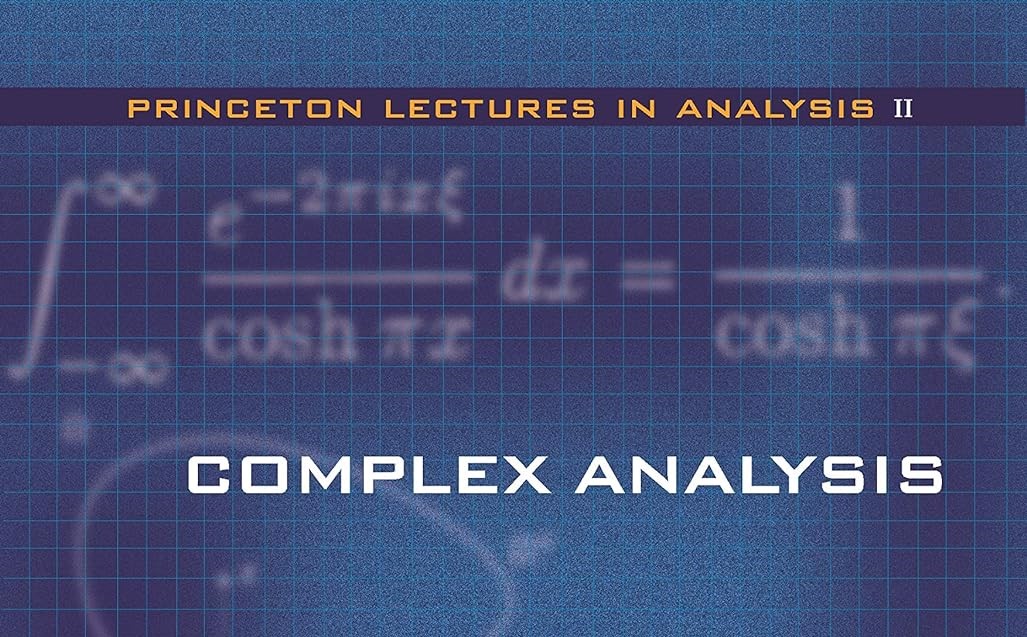Notes for Complex Analysis

From this day forward, I’ll be reading the book $\textit{Complex Analysis (Princeton Lectures in Analysis, No. 2)}$ for at least 1 hour per day until I finish the book. I’ll put anything I thought interesting/important on this page.
Ch1
A $\textbf{holomorphic}$ function (defined to be a function with a first derivative) is infinitely many times complex differentiable.
i.e. the existence of the first derivative will guarantee the existence of derivatives of any order.
$\textbf{Cauchy-Riemann}$ equations:
\(\frac{\partial u}{\partial x} = \frac{\partial v}{\partial y} \ and
\ \frac{\partial u}{\partial y} = -\frac{\partial v}{\partial x}\) (equivalent to $\frac{\partial f}{\partial \overline{z}} = 0$)
$f = u(x,y) + iv(x,y)$, $f$ is complex differentiable w.r.t. $z=x+iy$ at a complex point $z_0$ iff(if and only if) the partials of u and v satisfy the Cauchy-Riemann equations at that point.
A function that is $\textbf{analytic}$ i.e. has a power series expansion at every point on $\Omega$ is also holomorphic here. The reverse is also true.
A $\textbf{primitive}$ for $f$ on $\Omega$ is a functioin $F$ that is holomorphic on $\Omega$ and such that $F’(z)=f(z)$ for all $z \in \Omega$.
If a continuous function $f$ has a primitive $F \in \Omega$ and $\gamma$ is a curve in $\Omega$ that begins at $\omega_1$ and ends at $\omega_2$, then
Thus, it follows naturally that if $\gamma$ is a closed curve in an open set $\Omega$, and $f$ is continuous and has a primitive in $\Omega$, then
\[\int_\gamma f(z)dz = 0\]Ch2
Updates on Oct. 31 2024: So I quit reading the book as I feel I have pretty much got what I need as a physicist, for now at least. If I found something
useful I’ll put it up here.
$\textbf{Cauchy’s integral formula}$:
\[f(a) = \frac{1}{2 \pi i} \oint_{\gamma} \frac{f(z)}{z - a} \, dz.\]$f$ being holomorphic.

Comments